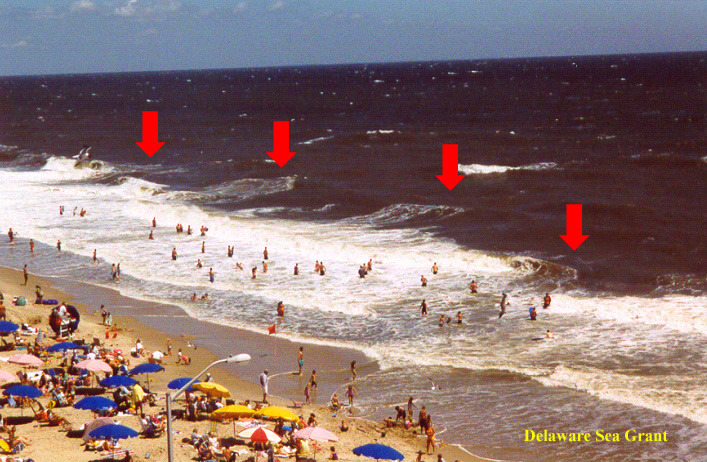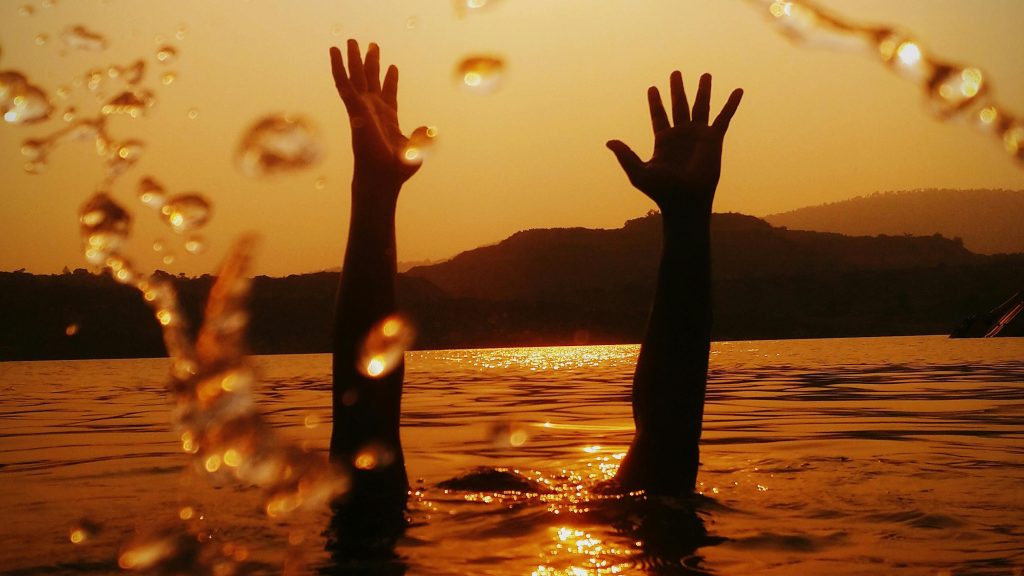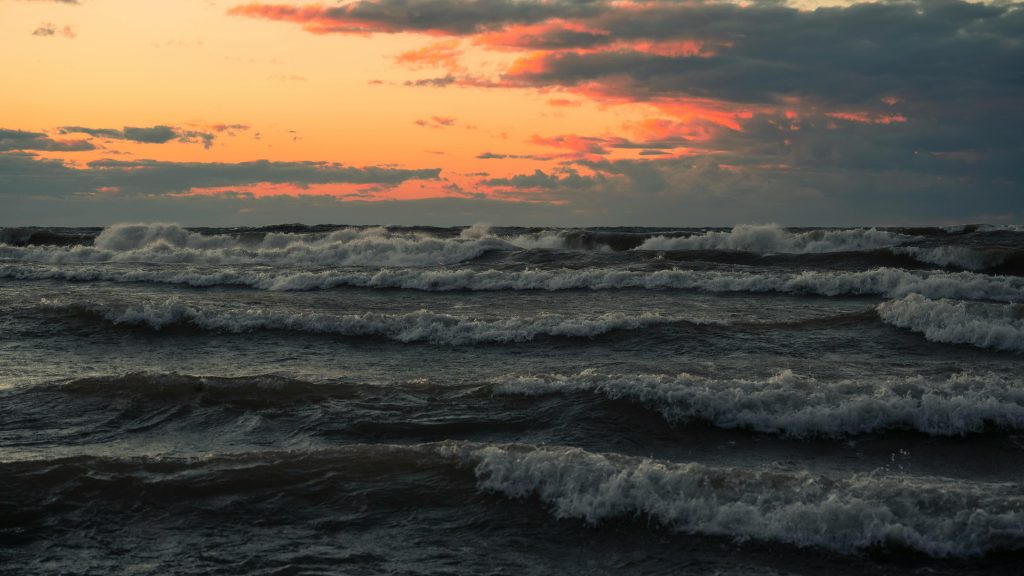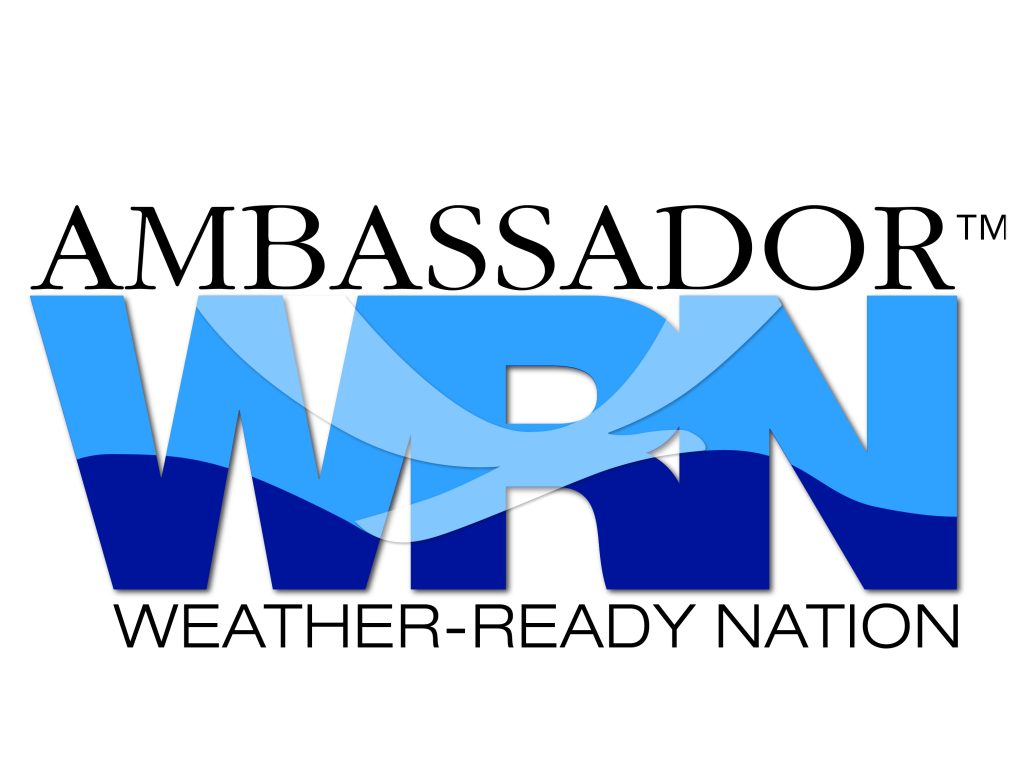
Great Lakes Waves & Rip Currents, Drownings Happen Fast
MILWAUKEE, Wis. (CIVIC MEDIA) – Big water bodies need special precautions and tips to tackle the danger water presents.
Drowning – there are around 4,500 accidental deaths from it every year. Half of the deaths for children and teens happen in open water, like lakes. Under 40 percent occur in pools, and a mere 10 percent occur in other types of water, like a bathtub.
So, when we are out at the water, it’s important to keep a constant eye on everyone. Teach kids that swimming in open waters with waves is very different and much harder than a swimming pool. Always wear a life jacket. It’s also a good idea to have someone around that has basic water rescue skills, like CPR or swift water training.

Waves can suddenly grow tall, and rip currents on the Great Lakes can be deadly. They’re usually found along ridges in the coastline. Avoid breaks in sandbars near structures and piers, as well as by cliffs that stick out a little. They are violent currents of water that can rapidly pull you out to sea.
If you are ever caught in one, don’t fight the current. Instead, try to swim parallel to the shore to get out of the current dragging you out. Once you escape the pull, you can attempt to make it back to shore. Fighting the rushing stream will wear you out.
On average, 12 people are killed by currents every year, and more than 25 are rescued on the Great Lakes.
Drowning doesn’t look like the movies, either. It’s a silent action.
“A person drowning likely won’t be able to wave or yell for help.” said Michael Fraley, Trauma Registrar at Aspirus Health and Team Leader of the Oneida County Public Safety Dive Team. “They can’t breathe, so they can’t make noise, so they’re not going to be screaming like we think they are.”

It’s important to act quickly when someone is in distress. In most cases, bystanders only have 20 to 60 seconds before someone struggling may slip underneath the water. But it’s also important to not put yourself at risk.
“You don’t want to get too close to the person so that they grab onto you and pull you down. You want to try and get behind them. First and foremost you want to go out there with a device that they can grab onto instead of grabbing onto you.” explains Fraley in a press release.
Public beaches and pools usually have designated rescue equipment. Knowing where rescue aids are located can help save valuable time in a drowning emergency.

This weekend, waves on Lake Michigan and Lake Superior may grow rapidly from strong wind gusts. This is also the perfect situation for rip currents to form. Stay safe! Just a few weeks ago, a 15-year-old female went under while swimming at Carre-Hogle Park on the evening of July 31, where three-foot waves were reported. She was pulled from the water and taken to the hospital, where she later passed.


Brittney Merlot is Civic Media’s Meteorologist. Email her at brittney.merlot@civicmedia.us.
Want More Local News?
Civic Media
Civic Media Inc.
The Civic Media App
Put us in your pocket.
